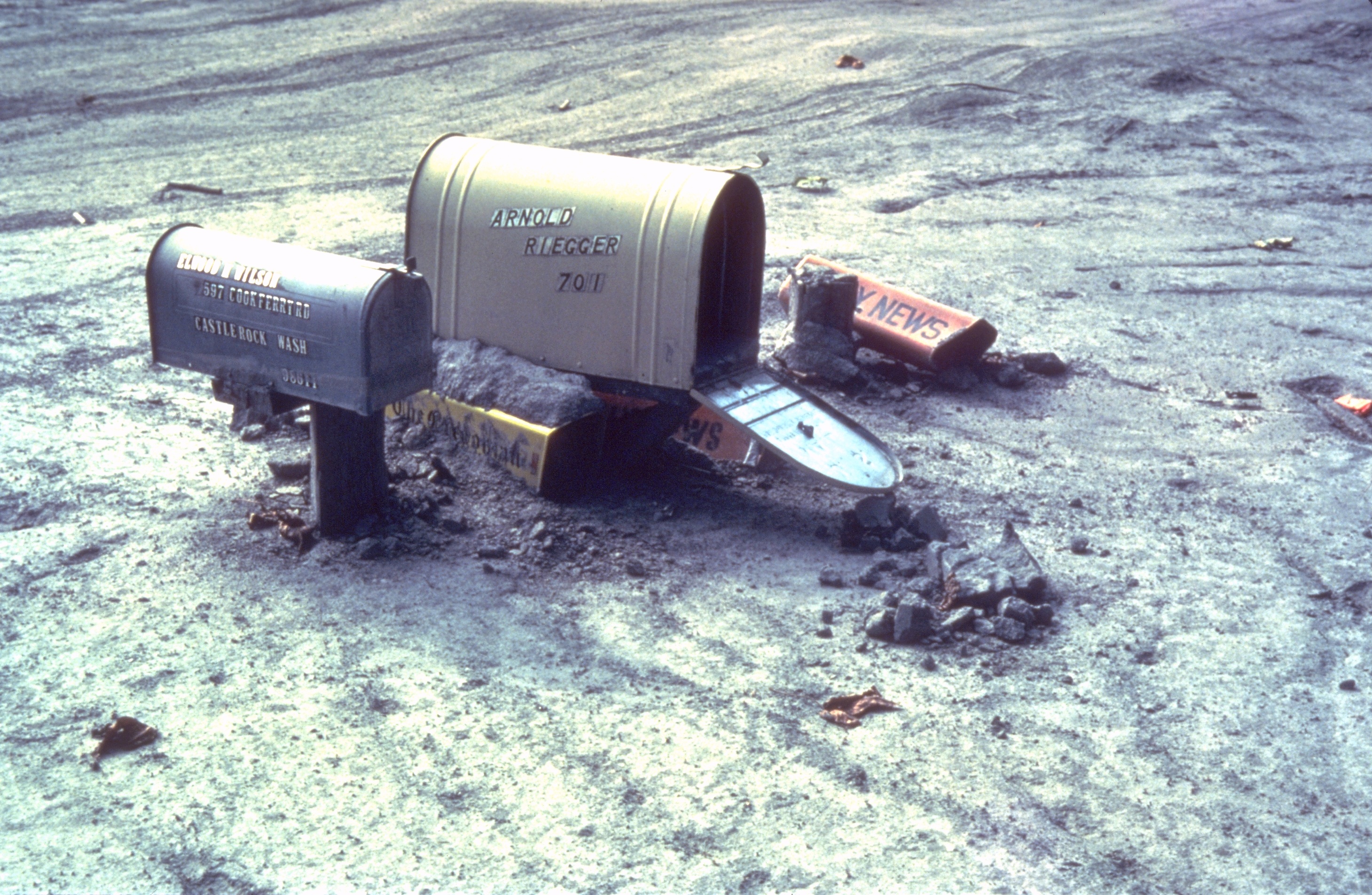|
Zhugqu County
Zhugqu County (), Zhugchu or Zhouqu ( zh, s=舟曲县) is a county in the eastern extremity of the Gannan Tibetan Autonomous Prefecture in the south of Gansu Province, China, with the Bailong River flowing through its confines; it borders Sichuan province to the south. In 2010 its population was 134,000 people. The word "Zhugqu" derived from the Tibetan name of Bailong River. 2010 mudslide On 8 August 2010, deadly mudflows caused by torrential rain struck the county and killed at least 1,471 people. It has been said by some experts; such as Professor Fan Xiao, a Sichuan-based geologist; that the scale of the disaster was affected by deforestation and the construction of dams for hydro-electricity in the area. According to historical records, Chengguan Town has been struck by 11 "devastating" mudflows since 1823. Administrative divisions Zhouqu County is divided to 15 towns and 4 townships. Climate See also * List of administrative divisions of Gansu Gansu, a provin ... [...More Info...] [...Related Items...] OR: [Wikipedia] [Google] [Baidu] |
Postal Code Of China
Postal codes in the China, People's Republic of China () are postal codes used by China Post for the delivery of letters and goods within mainland China. China Post uses a six-digit all-numerical system with four tiers: the first tier, composed of the first two digits, show the provinces of China, province, province-equivalent direct-controlled municipalities of China, municipality, or autonomous regions of China, autonomous region; the second tier, composed of the third digit, shows the postal zone within the province, municipality or autonomous region; the fourth digit serves as the third tier, which shows the postal office within prefectures of the People's Republic of China, prefectures or prefecture-level city, prefecture-level cities; the last two digits are the fourth tier, which indicates the specific mailing area for delivery. The range 000000–009999 was originally marked for Taiwan (The Republic of China) but is not used because it not under the control of the People' ... [...More Info...] [...Related Items...] OR: [Wikipedia] [Google] [Baidu] |
Mudflow
A mudflow, also known as mudslide or mud flow, is a form of mass wasting involving fast-moving flow of debris and dirt that has become liquified by the addition of water. Such flows can move at speeds ranging from 3 meters/minute to 5 meters/second. Mudflows contain a significant proportion of clay, which makes them more fluid than debris flows, allowing them to travel farther and across lower slope angles. Both types of flow are generally mixtures of particles with a wide range of sizes, which typically become sorted by size upon deposition. Mudflows are often called mudslips, a term applied indiscriminately by the mass media to a variety of mass wasting events. Mudflows often start as slides, becoming flows as water is entrained along the flow path; such events are often called mud failures. Other types of mudflows include lahars (involving fine-grained pyroclastic deposits on the flanks of volcanoes) and jökulhlaups (outbursts from under glaciers or icecaps). A statutory ... [...More Info...] [...Related Items...] OR: [Wikipedia] [Google] [Baidu] |
Administrative Division Codes Of The People's Republic Of China
The administrative division codes of the People's Republic of China identify the administrative divisions of China at county level and above. They are published by the National Bureau of Statistics of China with the latest version issued on September 30, 2015. Coding scheme Reading from left to right, administrative division codes contain the following information: * The first and second digits identify the highest level administrative division, which may be a province, autonomous region, municipality or Special Administrative Region (SAR). * Digits three and four show summary data for the associated prefecture-level city, prefecture (地区 ''dìqū''), autonomous prefecture, Mongolian league, municipal city district or county. Codes 01 – 20 and 51 – 70 identify provincial level cities, codes 21 – 50 represent prefectures, autonomous prefectures and Mongolian leagues. *The fifth and sixth digits represent the county-level division – city district, county-level ci ... [...More Info...] [...Related Items...] OR: [Wikipedia] [Google] [Baidu] |
Wylie Transliteration
Wylie transliteration is a method for Transliteration, transliterating Tibetan script using only the letters available on a typical English-language typewriter. The system is named for the American scholar Turrell V. Wylie, who created the system and published it in a 1959 ''Harvard Journal of Asiatic Studies'' article. It has subsequently become a standard transliteration scheme in Tibetan studies, especially in the United States. Any Tibetic languages, Tibetan language romanization scheme faces the dilemma of whether it should seek to accurately reproduce the sounds of spoken Tibetan or the spelling of written Tibetan. These differ widely, as Tibetan orthography became fixed in the 11th century, while pronunciation continued to language change, evolve, comparable to the English orthography and French orthography, which reflect late medieval pronunciation. Previous transcription schemes sought to split the difference with the result that they achieved neither goal perfectly. Wyl ... [...More Info...] [...Related Items...] OR: [Wikipedia] [Google] [Baidu] |


